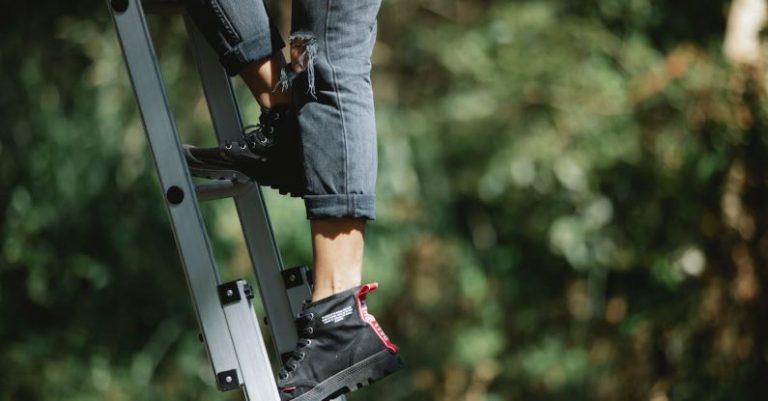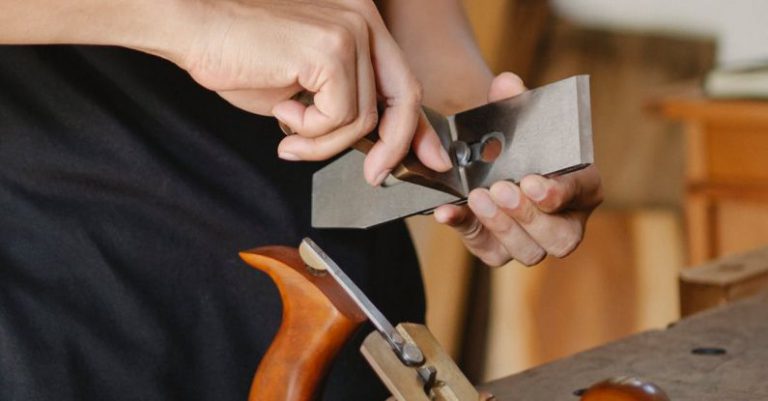How to Choose the Right Drill for Your Diy Projects
When it comes to tackling do-it-yourself (DIY) projects, having the right tools is essential. And one tool that every DIY enthusiast should have in their arsenal is a drill. With a drill, you can effortlessly drive screws, create holes, and even mix paint. But with so many different types and models available on the market, choosing the right drill can be a daunting task. In this article, we will guide you through the process of selecting the perfect drill for your DIY projects.
Consider the Power
The power of a drill is one of the most crucial factors to consider. The power determines how effectively the drill will perform its tasks. Drills typically come in two power options: corded and cordless.
Corded drills are powered by electricity and provide a consistent level of power throughout your project. They are generally more powerful than cordless drills and are ideal for heavy-duty tasks. However, their mobility is limited by the length of the cord.
On the other hand, cordless drills run on rechargeable batteries and offer greater mobility. They are perfect for projects where access to an electrical outlet is limited. Keep in mind that cordless drills may have less power and may require frequent recharging.
Evaluate the Speed
The speed of a drill is measured in revolutions per minute (RPM). Different projects require different speeds, so it is crucial to choose a drill with variable speed settings. This feature allows you to adjust the speed according to the task at hand, ensuring more precise and controlled drilling.
For instance, when drilling into soft materials like wood, a lower speed is recommended to prevent splintering. On the other hand, when drilling into harder materials like metal or concrete, a higher speed will be more effective.
Consider the Chuck Size
The chuck size of a drill refers to the diameter of the opening where you insert the drill bit. Most drills have a chuck size of either 3/8 inches or 1/2 inches. The larger the chuck size, the more versatile the drill will be, as it can accommodate a wider range of drill bits.
If you plan on working on diverse DIY projects that involve drilling holes of different sizes, it is advisable to opt for a drill with a larger chuck size. However, for basic DIY tasks, a drill with a 3/8-inch chuck size should suffice.
Evaluate the Features
While the basic functionality of a drill remains the same, different models come with various additional features that can enhance your DIY experience. Some common features to consider include:
– LED lights: These lights illuminate the drilling area, making it easier to work in dimly lit spaces.
– Built-in level: This feature helps ensure that your drilling is perfectly straight and level.
– Adjustable clutch: An adjustable clutch allows you to control the amount of torque applied, preventing stripping of screws or overtightening.
Consider Your Budget
Lastly, it is important to consider your budget when choosing a drill. Like any other tool, drills come in a wide range of prices. Determine your budget and look for a drill that offers the best value for your money. Remember that quality is essential, and investing in a reliable and durable drill will save you money in the long run.
Conclusion: Finding the Perfect Drill
Choosing the right drill for your DIY projects is crucial to ensure efficiency and success. Consider the power, speed, chuck size, and additional features when making your decision. Also, keep your budget in mind and invest in a high-quality drill that will last. With the right drill in hand, you’ll be well-equipped to tackle any DIY project that comes your way.






